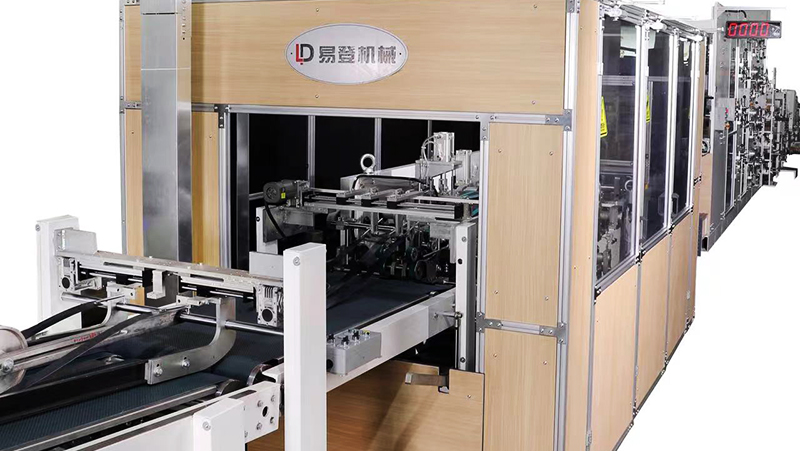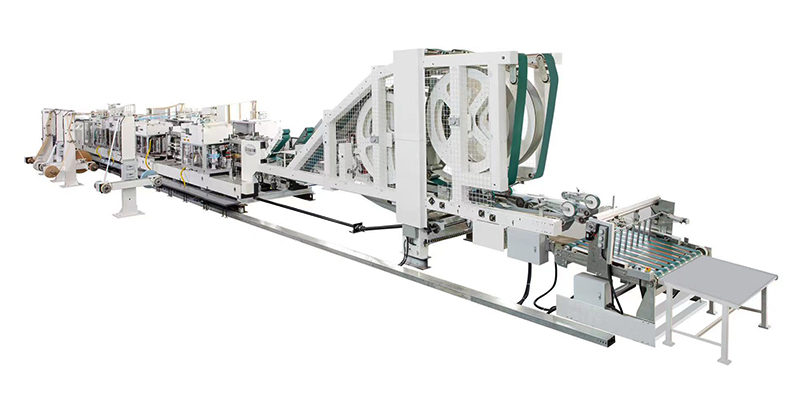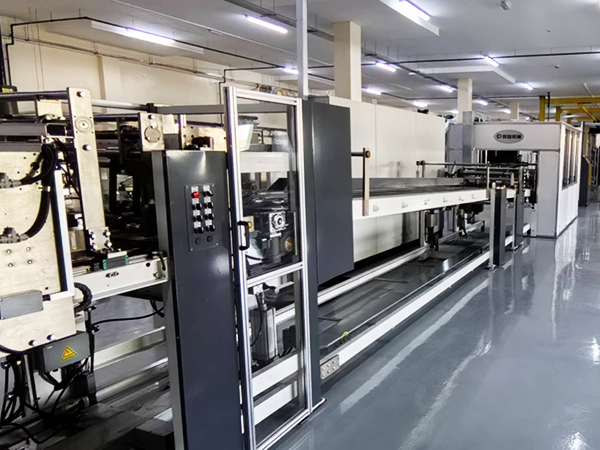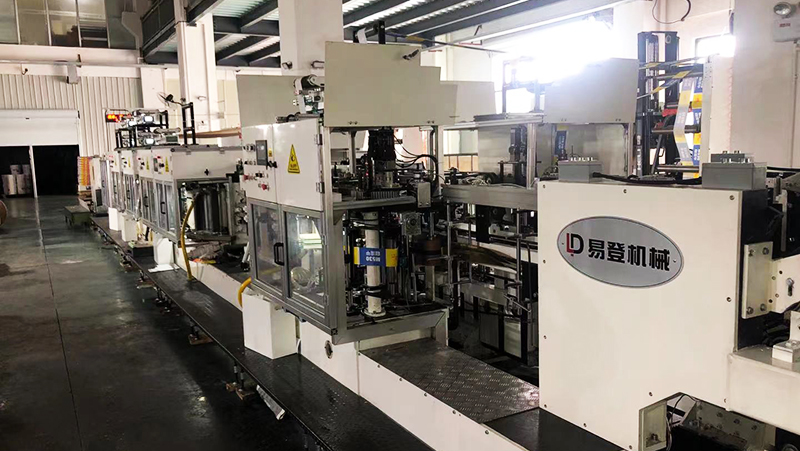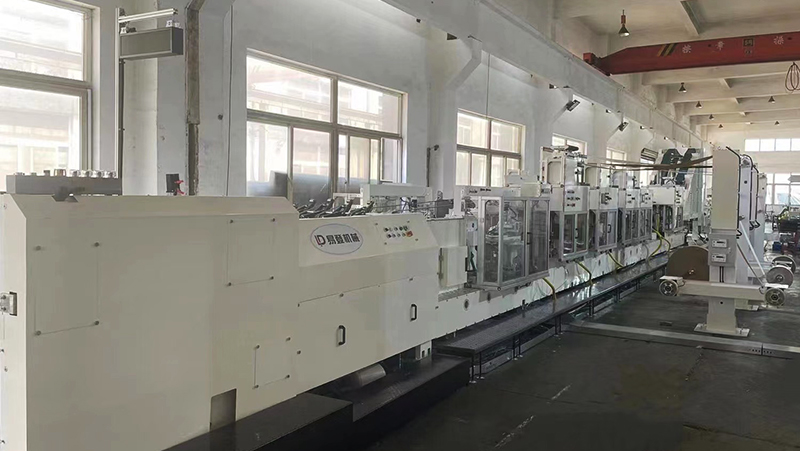A paper sack line refers to the integrated production system used to manufacture paper sacks, which are durable, eco-friendly packaging solutions widely employed in industries such as construction, agriculture, food, and chemicals. This article explores the technical aspects of paper sack lines, their operational workflows, and their significance in modern packaging.
1. Manufacturing Process of Paper Sack Lines
The production of paper sacks is a fully automated process divided into two main phases: tube formation and bottom folding.
- Tube Formation:
- Raw materials like kraft paper, derived from softwood pulp, are fed into the line. The paper may undergo micro-creping to enhance elasticity and porosity, allowing vertical stretching by 4% and horizontal stretching by 10% before breaking.
- Layers of paper (or polyethylene-coated paper for moisture resistance) are glued together in a cross-pasting unit. Perforation may be applied to improve breathability during filling.
- The continuous paper tube is then cut into individual sections using perforation blades.
- Bottom Folding:
- The tubes are transported to the bottom-forming unit, where one or both ends are folded and sealed to create the sack’s structure.
- Pressing units ensure adhesive distribution and bonding strength.
Automated quality checks, including electronic inspection systems, monitor consistency and durability throughout the process.
2. Key Components of a Paper Sack Line
- Printing Units: Integrated into the tube-forming stage to apply branding or product information.
- Pasting and Lamination Systems: Ensure multi-layer paper adhesion and optional barrier coatings (e.g., PE films) for moisture protection.
- Valve and Sealing Mechanisms: Critical for specialized sacks like valve sacks (self-closing designs for powders) or SOS (self-opening sacks).
- Cutting and Folding Machines: Precision tools to shape sack dimensions and reinforce edges.
3. Types of Paper Sacks Produced
- Valve Sacks: Designed for rapid filling of powdered products (e.g., cement, flour) with automatic sealing.
- Pinch-Bottom Sacks: Leak-resistant and ideal for chemicals or granular goods.
- Open-Mouth Sacks: Feature reinforced bottoms for stability, commonly used in retail or composting.
4. Sustainability and Efficiency
- Material Renewability: Kraft paper is sourced from renewable wood pulp, with fibers biodegradable and recyclable.
- Carbon Footprint: Studies show a 28% reduction in CO2 emissions per sack from 2007 to 2018 due to optimized manufacturing.
- Energy-Efficient Automation: Modern lines minimize waste and energy consumption while achieving high-speed production (e.g., filling 25 kg sacks in 3.5 seconds).
5. Quality Assurance and Testing
Paper sacks undergo rigorous testing to meet industry standards:
- Drop Tests: Simulate transportation impacts.
- Puncture Resistance Tests: Ensure durability under stress.
- Barrier Performance: Evaluates moisture and gas resistance for food-grade applications.
The paper sack line represents a synergy of advanced engineering and sustainable practices, delivering versatile packaging solutions across global industries. By leveraging automation and eco-friendly materials, these systems align with growing demands for efficient, low-impact production. For specialized requirements, custom configurations ensure adaptability to diverse product needs.


